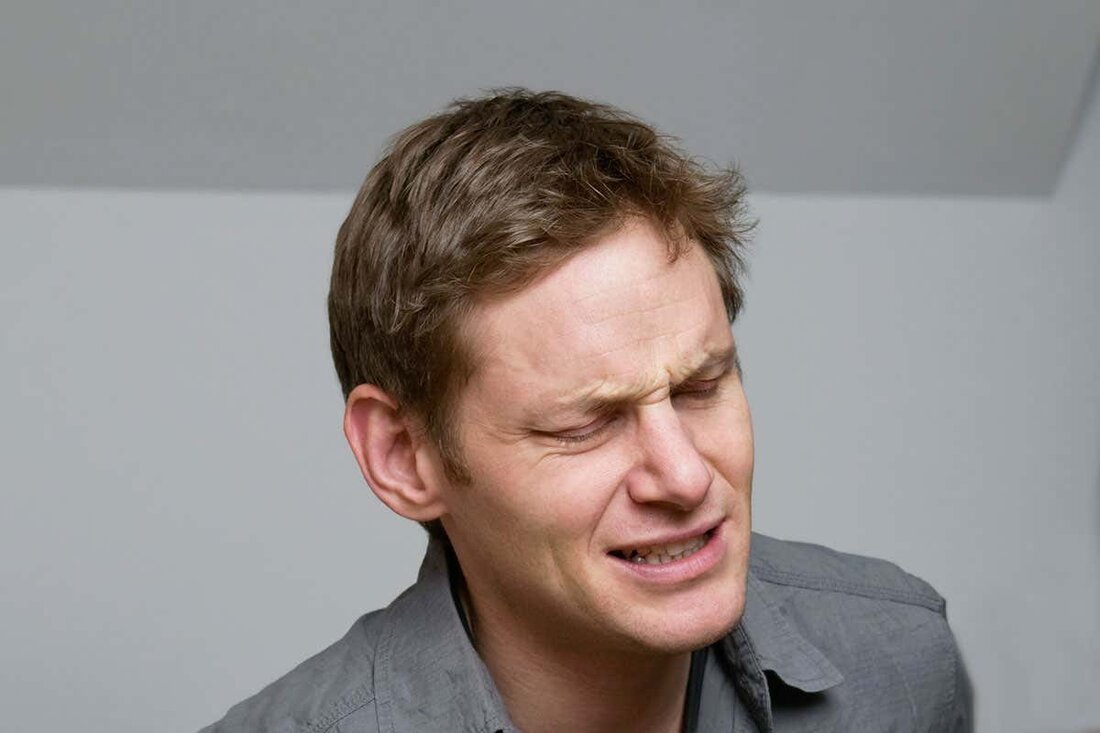Knee pain - Thigh pain - Squatting or squatting
Knee pain or hip pain after squatting or squatting is common in patients with tight lower back, hip, and knee muscles. Most of us who sit all day have tight muscles in our lower back and lower limbs. So when we make crouching or squatting movements, whether for a long period of time or repeatedly, you may feel weakness, discomfort or pain in the hips, groin, in front of the thighs as well as along the inner thighs and possibly even knee pain. This should tell you that the muscles in these areas have been abused by the crouching or squatting positions. The muscle...

Knee pain - Thigh pain - Squatting or squatting
Knee pain or hip pain after squatting or squatting is common in patients with tight lower back, hip, and knee muscles. Most of us who sit all day have tight muscles in our lower back and lower limbs. So when we make crouching or squatting movements, whether for a long period of time or repeatedly, you may feel weakness, discomfort or pain in the hips, groin, in front of the thighs as well as along the inner thighs and possibly even knee pain. This should tell you that the muscles in these areas have been abused by the crouching or squatting positions.
The muscle responsible for discomfort or pain in the front of the thighs or pain in the front of the knees is the rectus femoris muscle, and the muscle on the inside of the thigh and knee that has been strained is the adductor magnus muscle.
If the pain is in the outer side of the knees, it is likely that the pain is from stress on the tensor fascia lata muscle, and if the pain is on the back of the knees, the pain is from the hamstring muscles.
Although the other quadriceps muscles are important in causing thigh and knee pain, they are not the main muscles to be injured because the other quadriceps only crosses one joint, namely the knee joint, while the rectus femoris (which is also a quadriceps muscle), the tensor fascia lata and hamstrings cross both the hip and knee joints and are therefore more likely to be affected when squatting or squatting abused.
Initially, pain in the front thigh and knee is more common than pain in the back thigh. Due to our sedentary positions in which we sit for long periods of time, the muscles at the front of the hip, such as the rectus femoris, tensor fascia lata, and psoas major, may be chronically shortened, while the muscles at the back of the hip, the gluteus maximus (gluteus maximus), hamstrings, and adductor magnus, are chronically overstretched and weakened.
When sitting the knee joint, the knees are placed in a bent position, therefore the rectus femoris and tensor fascia lata, whose function is to straighten the knee, become overstretched and weakened, while the thigh muscles, whose function is to bend the knee, become short and tight due to the imbalance of muscle strength as in the seesaw principle.
When squatting or squatting, the sitting position is exaggerated by excessively bending the hips and knees. Therefore, the rectus femoris and tensor fascia lata muscles become shorter and tighter at the hip and longer and stretched at the knee. Excessive shortening of the contraction during bending (flexion) at the hip and excessive lengthening of the contraction during extension (extension) at the knee injure both the rectus femoris and tensor fascia lata muscles.
To keep the person in a crouched or squatting position, the muscles at the back of the hip must experience excessive lengthening contraction in addition to excessive shortening contraction at the knee. Because the muscles at the back of the hip that need to experience prolonged contraction, such as the gluteus maximus and adductor magnus, are huge and very strong, the hamstring muscles that also perform the same action at the hip can now have a more concentrated force to bend the knee. The harder the hamstring muscles pull to actively flex the knee, the more force the rectus femoris and tensor fascia lata muscles must exert to counteract that force.
Therefore, when you try to stand upright after squatting or squatting, the first weakness, discomfort or pain is felt in the front of the thigh and front of the knee, resulting in thigh and knee pain.
© 2007 copyright www.stopmusclepain.com
Inspired by Jennifer Chu

 Suche
Suche
 Mein Konto
Mein Konto
